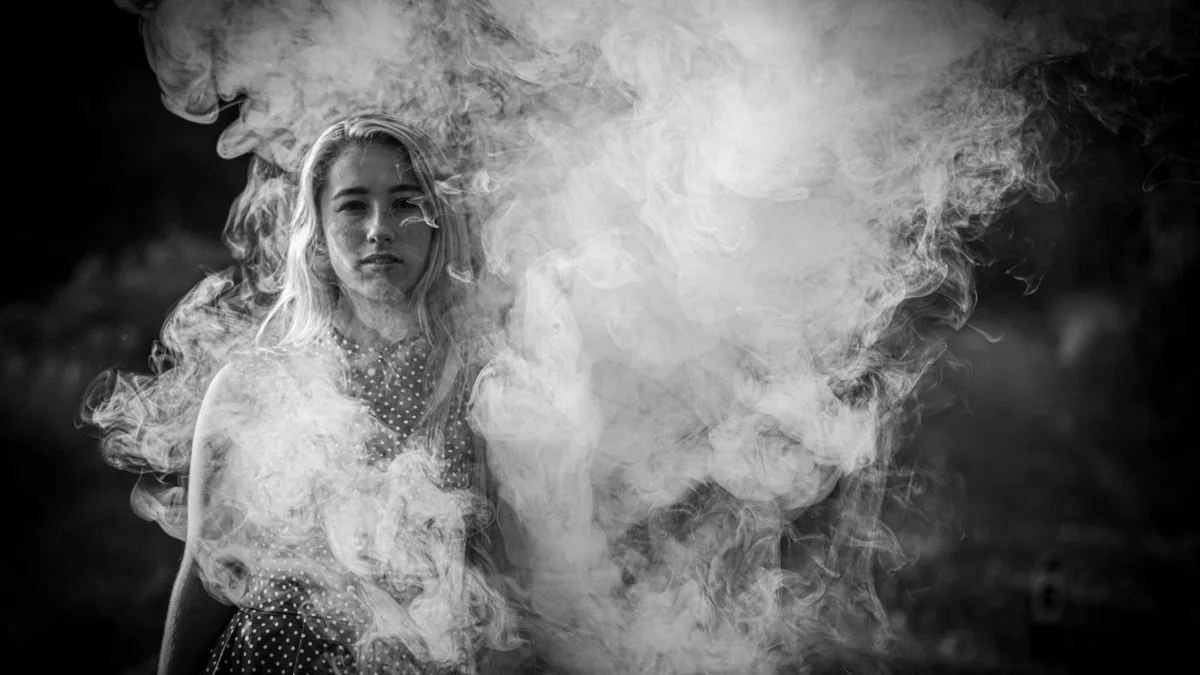By Dr. Rachel Docekal, MBA, Ed.D. – CEO, Hanley Foundation
As the CEO of Hanley Foundation and someone deeply committed to prevention and family wellness, I often hear this question: “Is marijuana [cannabis or THC] really that dangerous for teens?” With shifting laws and societal acceptance of marijuana, many families are unsure how to talk about THC use, especially when it seems “normal” or “no big deal” or is labeled as “medical marijuana.”
I often begin these conversations with parents by asking them, “What would your reaction be if I told you that marijuana use, especially in teens, can sometimes trigger symptoms that look very much like a psychological break (psychosis)?” Most parents react with disbelief. Unfortunately, that’s exactly what we are seeing, regularly, at Hanley.
One example was a patient I’ll call Lacy. A sophomore in college, Lacy came home for Thanksgiving and, as her parents put it, “we didn’t recognize our daughter.” She was hallucinating, described as ‘sitting on the wall and watching’ the family, believed she was being recorded (she removed the intake vent covers in her room looking for cameras), and her speech was confusing and irrational. Hanley’s medical director assessed Lacy and determined that she was having a psychiatric emergency caused by THC use, and she was admitted to Hanley Center’s Residential Mental Health Program.
The Adolescent Brain is Still Under Construction
The brain isn’t fully developed until around age 25. During adolescence, the prefrontal cortex, the area responsible for judgment, decision-making, impulse control, and emotion regulation, is rapidly maturing. Introducing psychoactive substances like THC (∆9-tetrahydrocannabinol) during this period can disrupt critical developmental processes.
According to a meta-analysis published in Cannabis and Cannabinoid Research, chronic cannabis use in adolescents can lead to structural changes in the brain, particularly in areas involved in memory, learning, and emotion processing. Long-term or nearly continuous use during this critical window can interfere with neurodevelopment and increase the risk of cognitive impairment, anxiety, depression, and other mental health conditions.
High-Potency THC and the Rise in Psychosis
Today’s cannabis products are not the joints of the 1970s. Most marijuana consumed now is far more potent, with THC concentrations ranging from 15% to over 90%, depending on the product. This dramatic increase in potency has been linked to a higher risk of psychosis, especially among youth.
Multiple studies show a dose-response relationship: high-potency THC products (edibles, vapes, concentrates) can overwhelm the developing brain, sometimes unmasking an underlying vulnerability to mental health conditions (like schizophrenia, bipolar disorder, or severe anxiety). According to The Lancet Psychiatry, daily use of high-potency cannabis increases the risk of developing psychotic disorders fivefold compared to non-users. What’s even more alarming is that the younger a person begins using cannabis, the higher their lifetime risk for developing these severe psychiatric symptoms. In some cases, the symptoms resolve once marijuana use stops; in others, it can trigger a longer-lasting psychiatric disorder.
The Real Danger: It Doesn’t Always Stop When the High Does
There are three types of psychosis associated with THC:
- Acute intoxication psychosis – symptoms that emerge during use.
- Extended psychosis – symptoms that outlast the intoxication period and can last weeks.
- Persistent psychosis – in individuals with genetic or biological vulnerabilities, cannabis may trigger long-term or lifelong psychotic disorders like schizophrenia.
Even one psychotic episode can disrupt school, work, and relationships, and too often, it’s the beginning of a cascade of mental health crises.
Protecting Our Children Starts at Home
As caregivers, educators, and advocates, we have a responsibility to create environments where children and teens feel supported, safe, and informed. One powerful way to protect your child is by talking early and often about the risks of cannabis, especially the dangers of high-potency THC.
Here are a few steps you can take:
- Secure medications and cannabis products: Keep all prescriptions and cannabis (if used by an adult in the household) out of reach and locked away.
- Clean out your medicine cabinet: Regularly dispose of unused or expired medications to avoid accidental ingestion or misuse.
- Model safe behavior: If you or another adult uses cannabis, be open and honest about it, and reinforce that it is not safe for developing brains.
- Encourage open conversations: Let your child know it’s safe to ask questions and share what they’re seeing or hearing about cannabis from peers, media, or online.
In Closing: Hope, Healing, and Prevention
Fortunately for Lacy, her story has a positive outcome, but it was a long road. After 60 days with Hanley, she returned to school, and to vaping THC. This time, the psychosis onset was almost immediate, and the recovery was longer. Lacy had another extended stay in Hanley’s mental health program, and then substance use program. Today, she’s sober and entering her final year of undergrad.
Cannabis use among youth is not a harmless trend; it’s a public health issue with potentially devastating consequences. The good news is that early education and intervention make a difference. Parents, teachers, and community leaders all play a role in creating a future where our children are protected, empowered, and thriving.
Let’s keep the conversation going and keep our kids safe.



